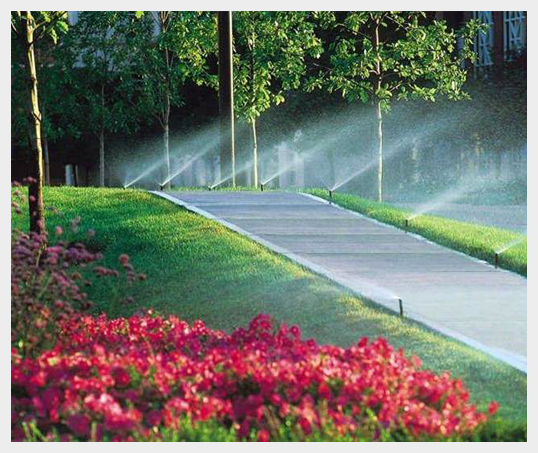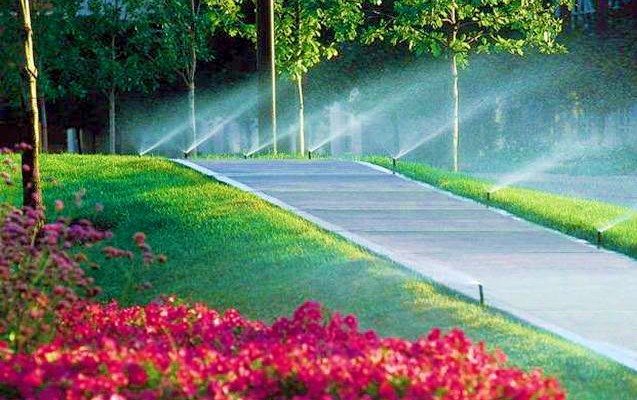America loves its lawns, and after a long, cold winter, in the Northeast there’s no doubt that our landscapes need a little TLC. As spring is here, it’s time to swap the snow blower for the lawn mower. And, with April being National Lawn Care Month, it’s as good a time as any to take the proper steps to correct winter’s damage for lush, greener grass ahead.
We, at ELM, are passionate about creating beautiful landscapes for commercial properties and know the importance of a well-kept and manicured landscape. For nearly 40 years, ELM’s seasoned and highly trained horticulturists and technicians have employed the latest landscaping methods. They understand first-hand how professionally designed and maintained grounds can not only enhance a business’ image, but also have physical and psychological benefits to visitors and employees, and positive effects on the environment.
In honor of National Lawn Care Month, ELM offers the following lawn care tips for a beautiful and healthy landscape.
 Mow. that are properly mowed are actually healthier and more beautiful. A properly mowed lawn with changing mowing heights throughout the seasons is thicker and has deeper roots, making it more durable and better equipped to combat weeds, insects and diseases.
Mow. that are properly mowed are actually healthier and more beautiful. A properly mowed lawn with changing mowing heights throughout the seasons is thicker and has deeper roots, making it more durable and better equipped to combat weeds, insects and diseases.
- Check for snow mold. Snow mold, a type of turf disease that kills grass, can occur where the grass is long and snow hung around for extended periods of time. It’s often seen as circular patches of “dead” and matted grass blades with a web like white or pinkish mold. Controlling it is easy if the infection is not severe. A light raking of the matted area will loosen the grass and allow new plants to grow. Preventive maintenance before lawn repair is needed and is usually the best answer.
- Proper soil pH. This is the most commonly ignored step because many believe that applying fertilizer and weed control on a lawn solves all problems. Grass is a plant. Like all plants, turf has specific pH requirements for optimum growth. If you start from the ground up you can make informed decisions about your lawn management andyou’ll likely need to apply less chemicals to resolve lawn issues. A quick soil test with lab results will provide the data for a soil specific program for your fertilization and liming.
- Control pests. Pesticides can provide effective control of serious pest problems, but they should not be used routinely or indiscriminately. Spot applications are usually the best option, particularly if the infestation is detected in its early stages. Improper use of pesticides can result in pest resistance and can be harmful. Moreover, effective pest control does not necessarily require the use of conventional chemical pesticides. There are numerous non-chemical practices and reduced-risk pesticides, such as biological controls, that can prevent and control pest infestations as part of an integrated pest management (IPM) approach.
- Water. Believe it or not, watering every three to five days is better than watering daily. Deep, rather than shallow watering of your lawn is recommended to nurture the roots. An inch of water to 12 inches of soil is the preferred ratio for watering actively growing grass.
For commercial property managers wanting to transform their landscape from winter to spring, calling upon a professional firm for an on-site evaluation is a great way to start.

